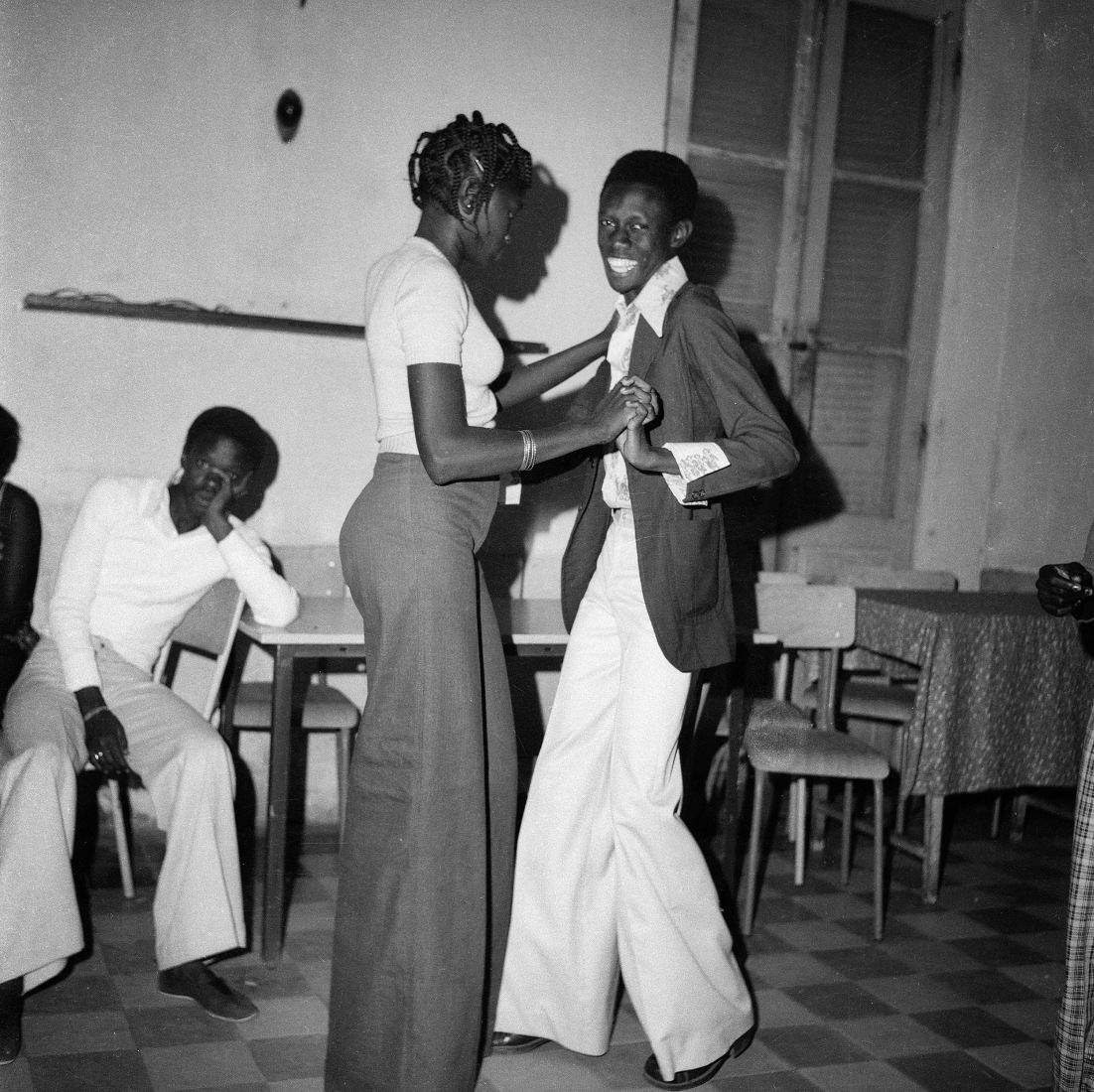‘An Eye on Youth’ by Adama Sylla
“Documentation is the memory of a country because today’s life is tomorrow’s history.” Adama Sylla
Since the dawn of Senegal's independence in the early 1960s, Adama Sylla has captured people’s daily life in Saint-Louis de Sénégal. Over the years, Adama Sylla documented and witnessed the rapidly evolving world around him. An Eye on Youth by Adama Sylla, is a celebration of the photographer’s impressive body of work, focusing on Senegal’s post-independence era, and whose lens portrayed the hopes of an entire generation.
Adama Sylla, born in 1934, trained as an architect in Dakar, Senegal, before returning to his home, the city of Saint-Louis in 1957. He attended the city’s Youth Center, where he was taught the art of photography and printing and became director of photographic reproduction. In 1957, Adama Sylla began working at the Senegalese Research and Documentation Center, the former French Institute of Black Africa. His multidisciplinary practice led him to curate temporary photographic exhibitions about Senegalese culture and take care of the Faidherbe Library’s archives and the institution’s photography lab.
“At the time, we were all intrigued to understand what a camera contains. It was a mystery and everyone’s dream, especially the young people of my generation.”
In 1964, Adama Sylla received a scholarship from UNESCO to complete his education in museology, ethnography, drawing, photography, and cinema at the Musée de l’Homme (“Museum of Humanity”), in Paris. This is where he met and worked with the French filmmaker and anthropologist Jean Rouch, one of the founders of cinéma vérité. This observational and documentary-style filmmaking grew out of the French New Wave movement of the 1950s and 1960s and focuses on everyday situations, magnifying daily life, rituals, and accomplishments.
Returning to Saint-Louis in 1965, Adama Sylla decided to open his photographic studio in the popular and dense fishermen’s quarter of Guet Ndar, on the Langue de Barbarie, a thin line of sand situated between the Senegal River and the Atlantic Ocean. Since the 1940s, studio photography has increased in popularity among locals and the studios dedicated to portraits flourished in several West African cities. In Saint-Louis, two photographers stand out, preceding Adama’s Sylla generation, Meïssa Gaye (1892-1982) who opened Tropical Studio in 1945, and Mama Casset (1908-1992) with his studio African Photo, which opened in 1942. Following their path, Adama Sylla’s studio rapidly became an institution, a place of encounters where families, friends, and lovers alike queued in the hope of having their photos taken.
As told by Adama Sylla “The vibe at the studio was extraordinary, we would never get bored. People were coming either as a group or as a couple. They were all waiting to be photographed. The festivities of Tabiano Tamkharit, the Muslim New Year celebration, were the most lively. It was a real party, where people would wear costumes of all kinds and line up in front of the studio, singing and having fun.”
Aware of the turning point in Sénégal, Adama Sylla strongly felt the need to document the life around him besides his studio photography. How did the lifestyle habits and customs of people change? How has teen style been ‘Americanised’? How do people express themselves through their bodies? What is mainly the energy that emerges within this post-independence era? Adama Sylla highlights fabric patterns, hairstyles, outfits, and objects, revealing both the aesthetic dimension and the ethnographic one during candid scenes of rendezvous. Influenced by the movement of cinéma vérité created by Jean Rouch, which is characterised by realism, the photographs of Adama Sylla reveal great freedom of approach, having only preoccupation to capture the moment and fix reality without staging.
Adama Sylla clearly succeeded in grasping this momentum of hope for newness. This documentation becomes a visual testimony and a legacy of a country’s collective memory. In that way, these joyful photographs will last forever among the present and future generations as a source of inspiration and catalyst for change.
A collaboration between Paris-based gallery Talmart and Dubai-based architectural firm & gallery T.ZED.




